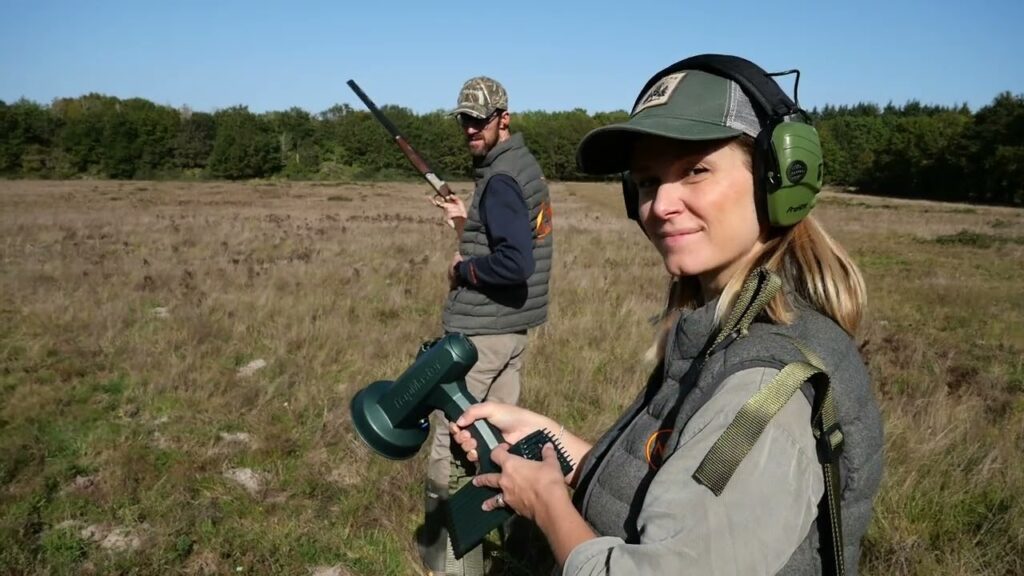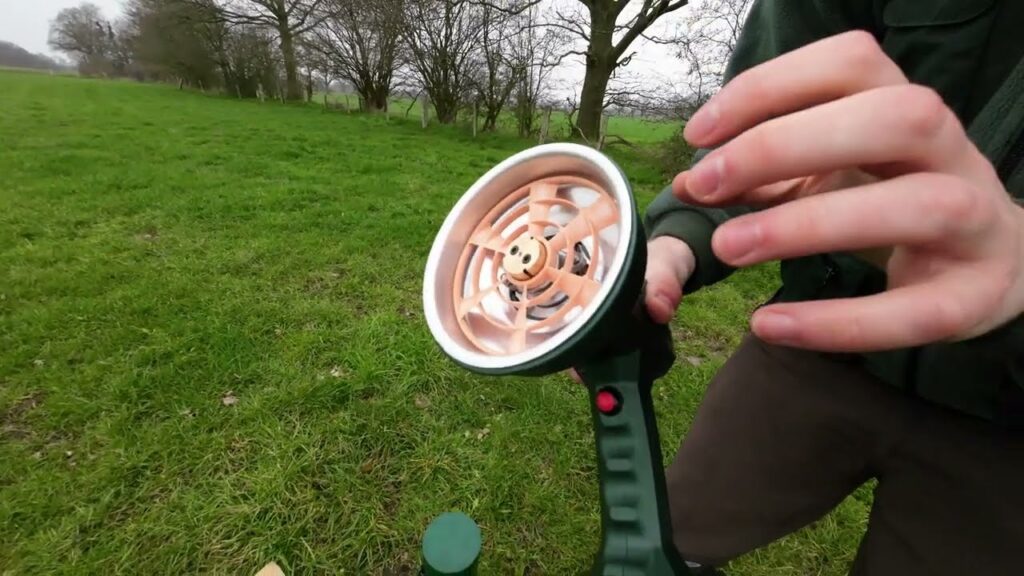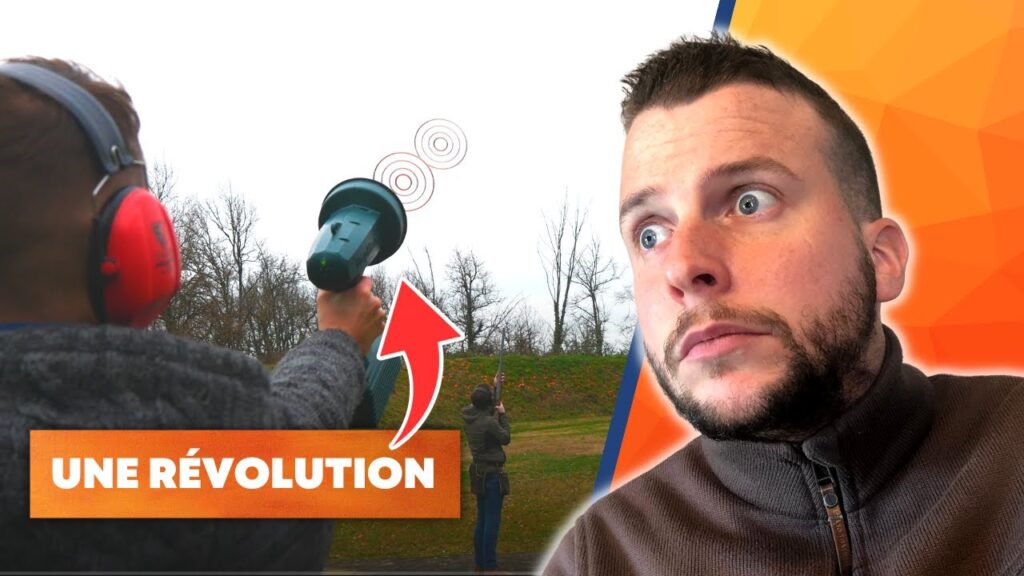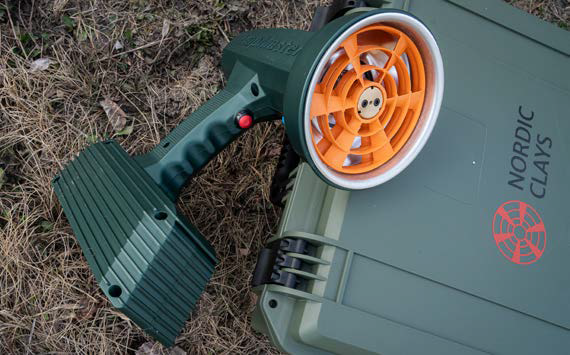Trap vs. skeet shooting: Key differences, techniques, and how to choose the right one
When it comes to clay shooting sports, standard trap and skeet are two of the most popular and widely practiced disciplines. Both offer exciting challenges for shooters, but they differ significantly in terms of rules, target paths, and techniques. Whether you’re a seasoned shooter looking to expand your skillset or a beginner trying to decide which discipline to pursue, understanding the key differences between standard trap shooting and skeet will help you make an informed decision.
In this blog post, we’ll dive deep into both sports, exploring their histories, rules, shooting techniques, and the types of equipment you’ll need for each.
What is standard trap shooting?
Overview
Standard trap shooting is a discipline in which shooters aim at clay targets launched from a single “standard trap” located ahead of the shooting stations. The target is launched away from the shooter at various angles, simulating the flight of a bird flushed out of cover.
How it works
- Shooting stations: In trap shooting, there are five shooting stations arranged in a straight line, positioned 16 yards behind the trap house.
- Target launching: The trap house, positioned in front of the shooter, launches the clay targets at varying angles away from the shooting line. Shooters don’t know the exact direction in which the target will be launched.
- Target speed: Targets in trap shooting are launched at speeds ranging between 40 to 50 miles per hour.
Scoring
Each shooter takes turns firing five shots from each of the five stations, for a total of 25 shots per round. A shooter earns one point for each hit, and the goal is to hit as many of the 25 targets as possible.
Key trap shooting variations
- Singles trap: Shooters fire one shot at one target at a time from each station.
- Doubles trap: Two targets are launched simultaneously, and the shooter must hit both in quick succession.
- Handicap trap: Shooters stand farther back from the trap house to increase the difficulty.
Standard Trap is the simplest form of trap shooting. Shooters aim at targets that move away at predictable angles, while the horizontal direction of each target is randomized within a 22-degree limit from the line between the trap and the center shooting station. The targets are consistently thrown at the same height, providing a stable vertical challenge but with unpredictable lateral movement.
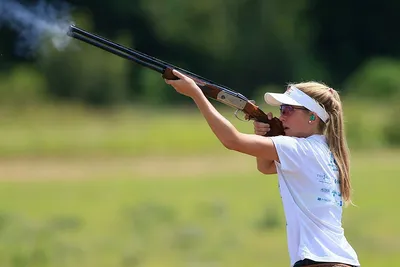
What is skeet shooting?
Overview
Skeet shooting is another popular clay target sport, but it differs from standard trap shooting in several key ways. In skeet, targets are launched from two trap houses at opposite ends of a semicircular range, and they cross each other in mid-air.
How it works
- Shooting stations: There are eight shooting stations arranged in a half circle, with stations 1 to 7 placed along the arc and station 8 located in the middle between the trap houses.
- Trap houses: Skeet features two trap houses—one “high house” where the clay target is launched from a higher point, and one “low house” where the target is launched from a lower position.
- Target path: The clay targets fly across the range in an intersecting path, giving shooters a variety of angles and trajectories to shoot from every time they move station.
Scoring
Similar to trap, shooters take turns firing from each of the eight stations. At each station, shooters aim at either single or double targets. A perfect round consists of 25 targets.
Key skeet shooting variations
- Singles: Shooters fire at one target launched from either the high or low house.
- Doubles: Two targets are launched simultaneously—one from each house—and shooters must hit both.
Key differences between standard trap and skeet shooting
While both trap and skeet shooting involve hitting clay targets, the two disciplines differ in several important ways:
| Feature | Standard trap Shooting | Skeet Shooting |
| Shooting Stations | 5 stations in a straight line | 8 stations arranged in a half circle |
| Target Direction | Targets are launched away from the shooter | Targets cross from left to right or vice versa |
| Trap Houses | 1 trap house in front of the shooting line | 2 trap houses (high and low) |
| Target Speed | Targets fly at varying angles and speeds | Targets follow a consistent flight path |
| Focus | Focus on speed and adjusting to varying target directions | Focus on angle and timing with crossing targets |
| Difficulty | More challenging for beginners due to unpredictable angles | Challenging due to the fast crossing targets |
Equipment differences in trap and skeet
Choosing the right equipment is essential for both trap and skeet shooting, though there are some key differences in gear depending on which discipline you pursue.
Shotguns
- Trap shooting: Shooters often use shotguns with longer barrels (30-34 inches) to provide better accuracy for targets flying away. A single-barrel or over-under shotgun is typically preferred.
- Skeet shooting: Skeet shooters often opt for shorter barrels (26-30 inches) that are easier to maneuver quickly for fast-moving crossing targets. Over-under shotguns are also popular in skeet.
Chokes
- Trap shooting: A tighter choke (like full or improved modified) is often used to provide a tighter shot pattern, which is useful for hitting targets at longer distances.
- Skeet shooting: Shooters typically use more open chokes (like skeet or improved cylinder) to provide a wider shot pattern for targets at closer ranges.
Ammunition
- Trap shooting: Shooters generally use heavier loads (1 1/8 oz.) with smaller shot sizes, like #7.5 or #8, to ensure consistent performance at longer distances.
- Skeet shooting: Lighter loads with a similar shot size are common in skeet because of the shorter target distance.
Techniques for trap and skeet shooting
Trap shooting techniques
- Focus on anticipation: Since the direction of the target is unpredictable, trap shooting requires shooters to anticipate and react quickly to the target’s flight path.
- Keep your gun mounted: Many trap shooters keep their shotguns mounted to their shoulders between shots to ensure quicker reaction times.
- Master the stance: A square stance helps trap shooters stay balanced and focused on targets flying away from the shooter.
Skeet shooting techniques
- Maintain a fluid swing: In skeet, targets cross from side to side, so a smooth swing is key to tracking the fast-moving targets.
- Timing is everything: Success in skeet shooting relies on precisely timing your shot as the target crosses your field of view.
- Use the right lead: In skeet, it’s essential to aim ahead of the target to account for the speed and direction of its flight.
Which one should you choose?
Both trap and skeet shooting offer unique challenges and rewards. Your choice depends on your personal preferences and what you’re looking for in a shooting sport.
Choose trap shooting if:
- You prefer targets that fly away from you.
- You enjoy unpredictable target angles.
- You want to work on longer-distance shooting.
Choose skeet shooting if:
- You like the challenge of fast-moving, crossing targets.
- You want to focus on timing and fluid movement.
- You enjoy a more dynamic shooting experience with varying angles.
Final thoughts
Whether you choose trap shooting or skeet shooting, both disciplines offer incredible opportunities for skill development, mental focus, and excitement. While trap shooting is known for its long-range precision and unpredictable angles, skeet shooting tests your timing, fluidity, and ability to hit targets crossing at high speeds. Try both to see which one suits your style and challenge level.
By understanding the key differences in rules, equipment, and techniques, you can confidently dive into the clay shooting sport that best aligns with your interests and abilities.

